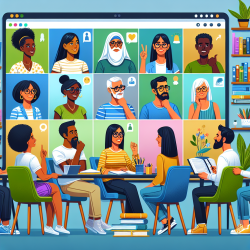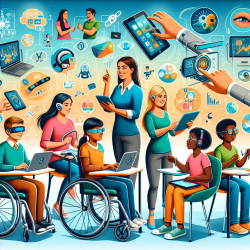Introduction to Social Circus and Its Potential in Therapy
In recent years, the integration of arts into therapeutic practices has gained momentum, with social circus emerging as a promising approach for community development and personal transformation. A critical mixed methods study conducted in Quebec has highlighted the potential of social circus to foster personal growth and social inclusion among marginalized youth. This blog explores how speech language pathologists can incorporate these findings to enhance therapeutic outcomes for children, particularly those facing social and communication challenges.
Understanding the Impact of Social Circus
The study, conducted by Dr. Jennifer Beth Spiegel and Stephanie N. Parent, analyzed the effects of social circus on youth with marginalized lifestyles. The research revealed that social circus promotes personal transformation through embodied play, creative expression, and teamwork. Participants reported increased self-esteem, improved physical fitness, and reduced substance use. These changes were often accompanied by enhanced social inclusion, as participants formed supportive networks and developed a sense of belonging.
Applying Social Circus Principles in Speech Language Pathology
Speech language pathologists can draw inspiration from the principles of social circus to create engaging and effective therapy sessions. Here are some strategies to consider:
- Incorporate Play and Creativity: Use playful activities and creative expression to engage children in therapy. This approach can help reduce anxiety and encourage participation.
- Foster Teamwork and Social Interaction: Design group activities that require collaboration and communication. This can help children develop social skills and build confidence in interacting with peers.
- Focus on Physicality: Integrate movement-based activities that promote body awareness and coordination. These activities can enhance motor skills and support overall development.
- Encourage Self-Expression: Provide opportunities for children to express themselves through art, music, or drama. This can facilitate emotional expression and improve communication skills.
Encouraging Further Research and Exploration
The study underscores the importance of arts-based approaches in community development and therapy. Speech language pathologists are encouraged to explore further research on social circus and similar initiatives to continually enhance their practice. By staying informed about innovative methods, practitioners can better support the diverse needs of children and contribute to positive community outcomes.
Conclusion
The findings from the study on social circus in Quebec offer valuable insights for speech language pathologists seeking to improve therapeutic outcomes for children. By incorporating elements of play, creativity, and social interaction, practitioners can create a supportive and transformative environment that fosters personal growth and social inclusion. As we continue to explore the intersection of arts and therapy, the potential for positive change in children's lives remains vast and promising.
To read the original research paper, please follow this link: Re-approaching community development through the arts: a ‘critical mixed methods’ study of social circus in Quebec.










